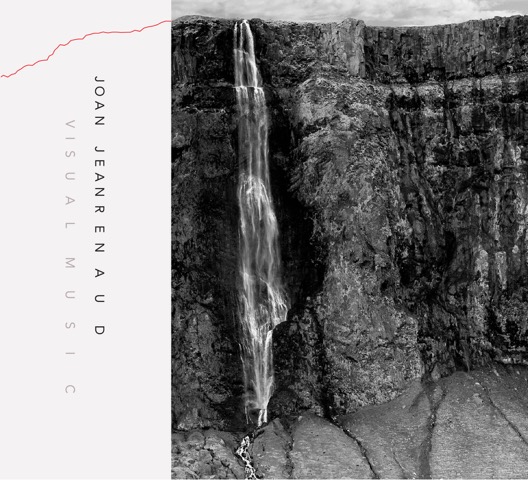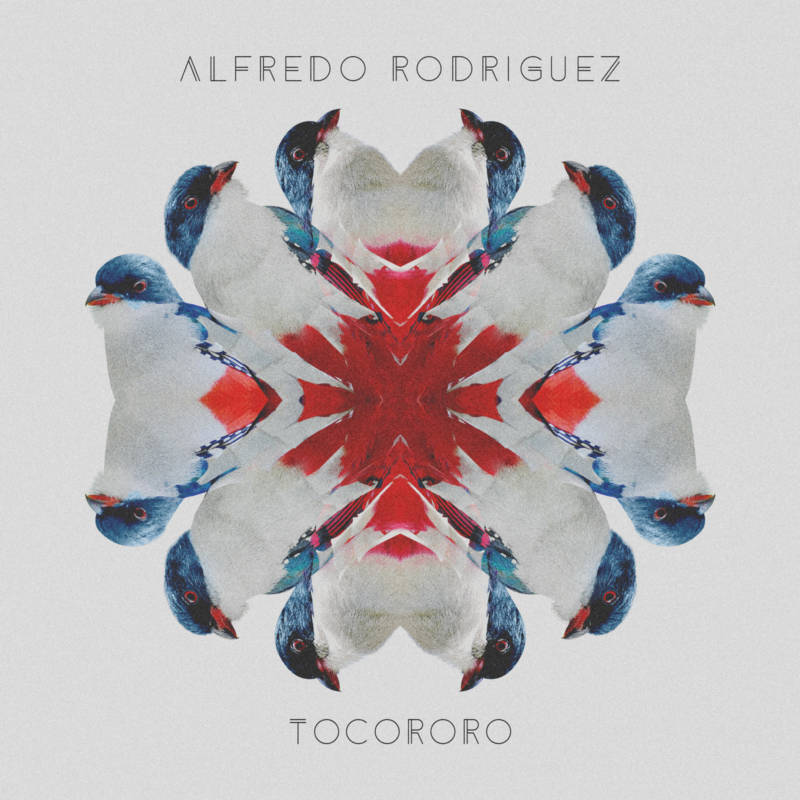What does it mean for a musician to embrace his or her roots? Two recent releases by extraordinary California artists provide divergent maps back to their formative environments.
San Francisco cellist Joan Jeanrenaud spent two prolific decades with Kronos Quartet, the celebrated new music ensemble known for collaborating with an international array of composers. Her new album, “Visual Music,” reflects her ongoing creative evolution since leaving Kronos in 1999, when she started generating her own compositions.
As the title of her fourth solo project suggests, the album features pieces she originally created for theatrical settings, particularly dance performances. By employing multitracking, Jeanrenaud crafts evocative soundscapes for up to nine cellos, a sound that first caught her ear as a young teen playing group pieces with fellow cello students.
She’s joined on several tracks by percussion collaborators Dohee Lee, PC Muñoz and William Winant, who each provide incisive support. From piece to piece the mood shifts constantly, from her spirited and playful work for the Dance Theater of Harlem to the haunted, baleful tracks from a butoh-influenced production by InkBoat choreographer Shinichi Iova-Koga and AXIS Dance Company. My favorite is “This Is Not A Duet,” a sleek and propulsive duet with Winant on vibes for Cid Pearlman’s dance, “Your Body is Not a Shark.”
What makes “Visual Music” far more than a random collection of dance scores is the way that Jeanrenaud threads the album together with brief pieces composed for a Metropolitan Museum of Art sculpture exhibition, creating a graceful sense of flow. She has reconfigured and reconceived the music so it stands on its own away from the original context, which allows you to bask in her sound. Whether her music is austere and forbidding or lush and inviting, Jeanrenaud’s cello work is a thing of miraculous beauty.

